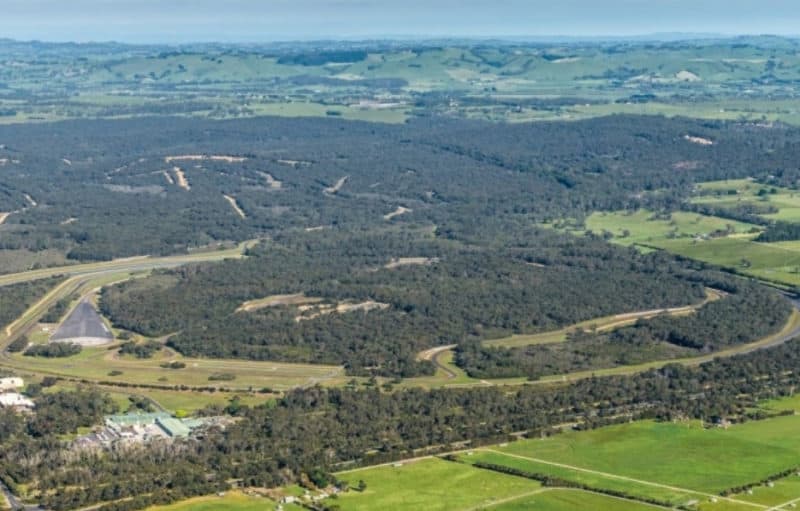NEWS 21 March 2022 |
Yet another audit of our nation’s nature protection laws adds to the growing pile of evidence that this legislation is not doing what it is designed to do – protect nature.
The Victorian National Parks Association and other community groups have been saying so for years, including in 2020 to a community consultation for an independent review. The key findings? The Environment Protection and Biodiversity Conservation Act 1999 is unsustainable and ineffective. Two years later, what’s changed? Well… not much.
On Thursday 17 March, the Auditor-General released its 2021-22 audit of the Management of Threatened Species and Ecological Communities under the Environment Protection and Biodiversity Conservation Act 1999 (EPBC Act). It delivered a scathing review of the deeply entrenched failures of the Department of Agriculture, Water and the Environment (DAWE) to protect Australia’s nature and wildlife.
The Audit found that DAWE not only failed to list threatened species, ecological communities, and threatening processes in the statutory timeframes, or implement recovery plans for them, it also failed to monitor, report, or evaluate the conservation strategies that did go ahead.
One of the most shocking findings was that in the last 10 years, only two per cent of threatened species had recovery plans drafted and finalised within the legislated five years following listing. The average time taken was six and a half years. DAWE even proposed a plan in 2021 to exempt 185 species and habitats from the recovery plan requirements of the Act to appear to be acting legally.
The Audit found that the process to determine listings “could be improved by establishing a strategy to ensure it identifies the species, ecological communities and key threatening processes that will have the greatest impact on achieving the objectives of the EPBC Act.”
Under the scrutiny of having failed so badly to list and protect threatened nature, DAWE proposed to bulldoze through appropriate, thorough process and instead cut corners to have the biggest one-and-done effect. This blatantly disregards the Act’s named purpose: Environment Protection and Biodiversity Conservation.
We’ve been pointing out their shortcomings for years. In early 2020, we wrote a submission to the EPBC Act Review. We pointed out that the EPBC Act doesn’t address some of the key threatening processes we know today, including mass species extinction, or climate change.
In fact, DAWE haven’t listed a threatening process since 2011, despite expert recommendations to do so. Even adverse fire regimes haven’t been listed as a threatening process, after the Black Summer Fires in 2019-20 killed and displaced three billion animals. We also reminded them that recovery plans should be consistent with the best available science, identify critical habitat, and include guidance for decision-makers about risk mitigation for threatened species.
Even more ironically, we recommended that they “develop a framework to assess and monitor effectiveness”, including reporting and auditing. Clearly, they didn’t listen. Under its current operations, DAWE can’t even tell us if their listing assessments, conservation advice, recovery plans or threat abatement plans meet their desired outcomes. It’s no wonder that DAWE is unable to demonstrate whether its efficiency or timeliness have improved over time (spoiler: it hasn’t).
The Audit presented six recommendations for DAWE. In essence, they require that DAWE:
- Develops a strategy to ensure its processes for listing and protecting threatened species and communities meet the EPBC Act objectives
- Delivers the objectives within legislative and statutory timeframes
- Uses the best available science and updates it regularly
- Uses the best available science to focus and assess the implementation of its work
- Should measure its efficiency and timeliness and use this to improve its efficiency and timeliness
- Should measure, monitor and report on conservation implementation, research and decision making, and periodic evaluations.
DAWE has accepted all six. But the fact that these recommendations even need to be said is testament that the EPBC Act is not fit for purpose. And without big budget commitments and political will, this report, along with the others, will just end up sitting on the shelf.
